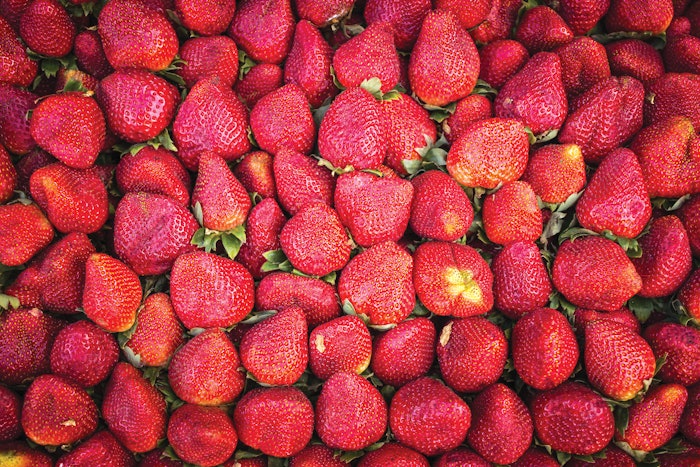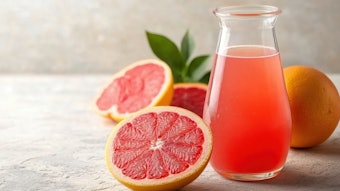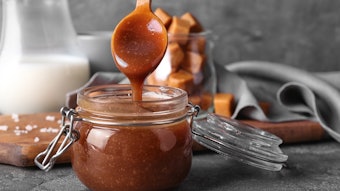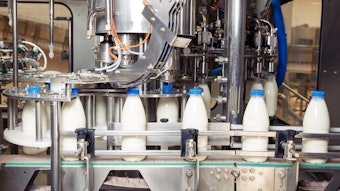
The use of maltol, followed by ethyl maltol and then furaneol, revolutionized the composition of strawberry flavors. Earlier compositions had invariably been built around ethyl methylphenylglycidate, which had a strawberry aroma that was marred by a powerful cooked note. The new candy chemicals allowed a much fresher profile to be built around γ-decalactone and methyl cinnamate. This did not signal the total demise of ethyl methylphenylglycidate, however, as it could still play a useful role at a much lower level. Later, 2-octen-4-one would take over. This chemical has a much more authentic strawberry note than ethyl methylphenylglycidate, but it still has the profile of cooked strawberries, which limits its use levels.
2,5-Dimethyl 4-ethoxy 3(2H)-furanone (FEMA# 4104, CAS#, 65330-49-6), sometimes called strawberry ethyl ether, combines something of the candy character of furaneol with a very distinct strawberry note. In this instance, the strawberry note is gloriously free of cooked overtones. This interesting combination of notes gives 2,5-dimethyl 4-ethoxy 3(2H)-furanone an extraordinarily wide range of uses within the fruit flavor category.
Note that the dose rates given throughout this article are the levels suggested for use in flavors intended to be dosed at 0.05% in ready-to-drink beverages or in a simple bouillon.
For the full article, please check out the Perfumer & Flavorist+ June 2022 issue.










